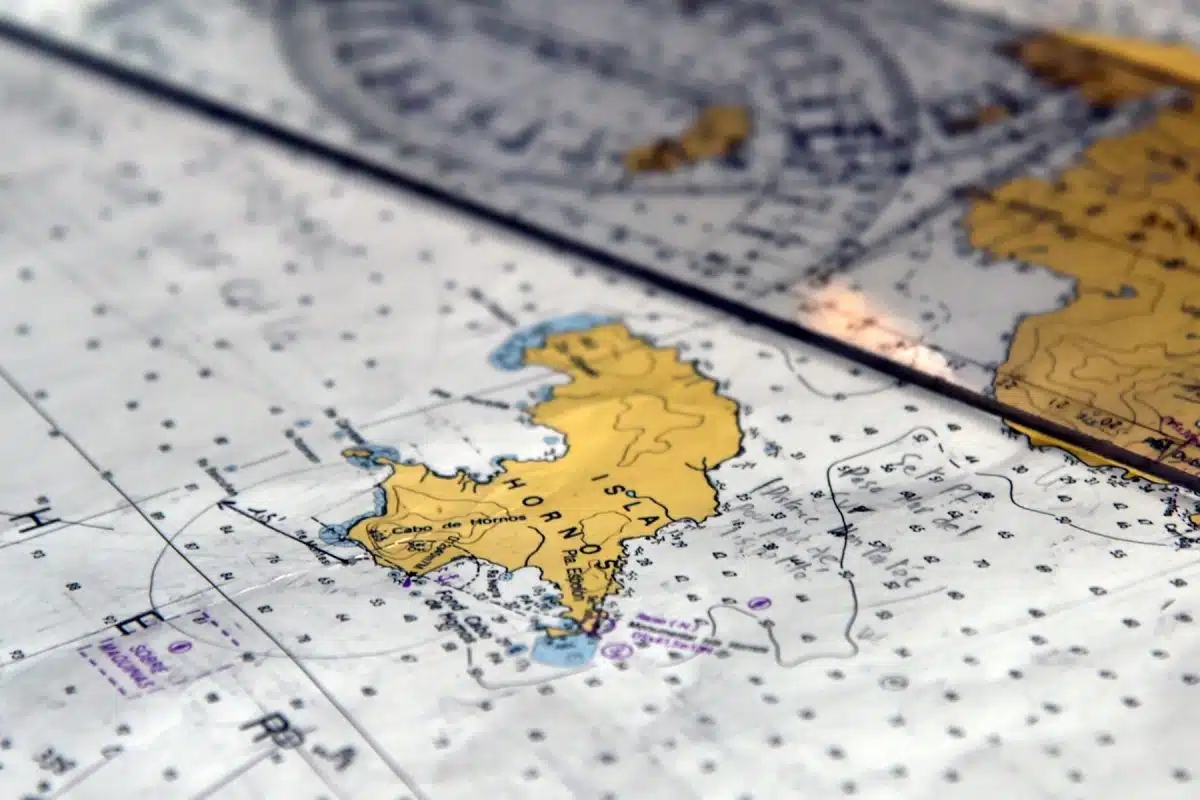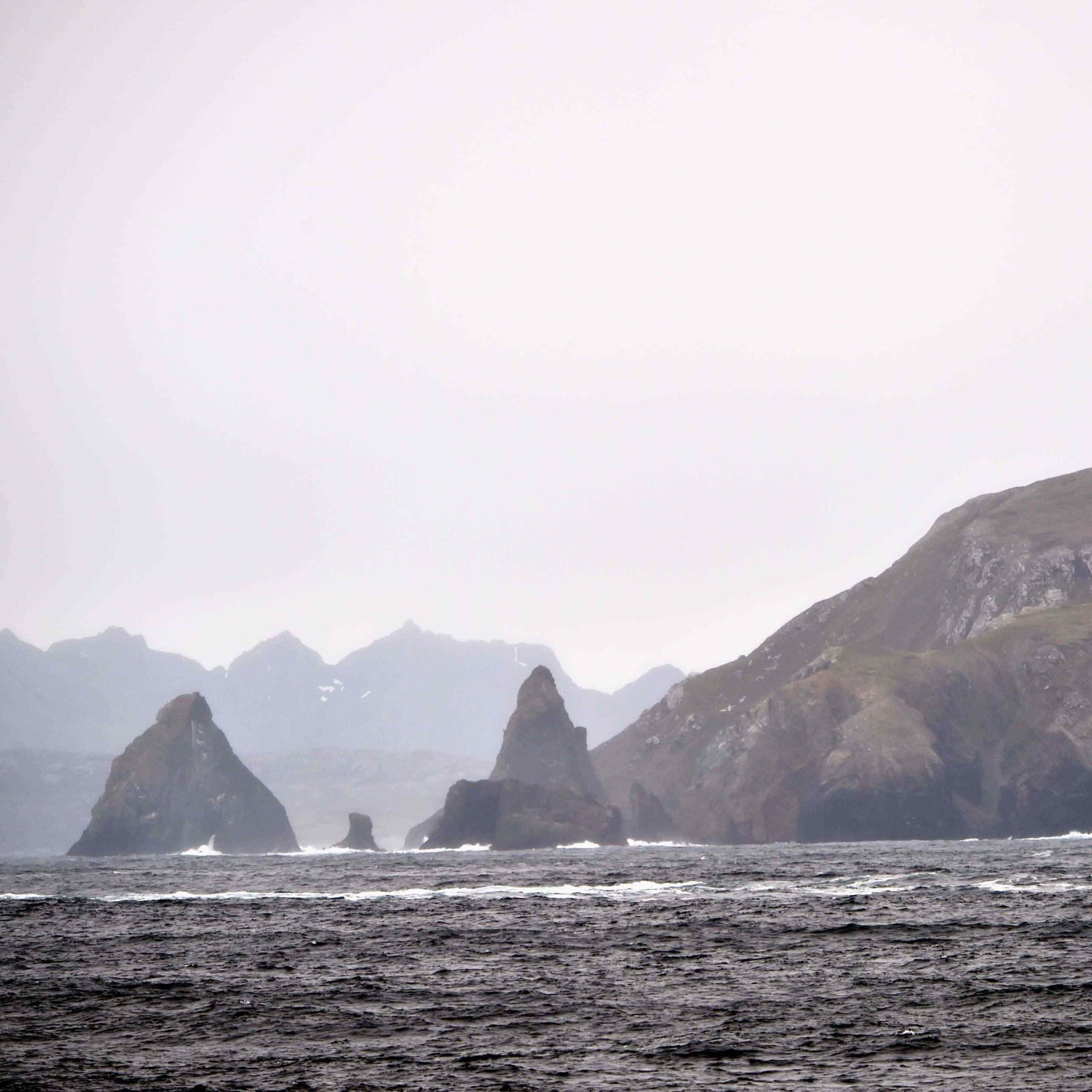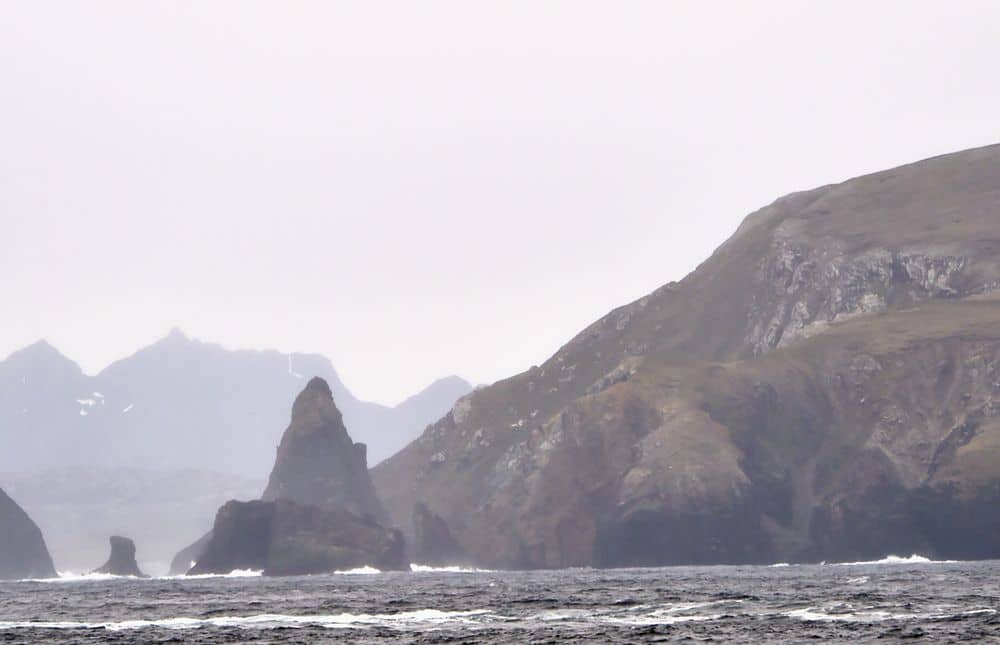Extreme adventure beyond the Roaring Forties
When in 1616, the merchants and salesmen of the Dutch town of Hoorn financed Jacob Le Maire and Willem Schouten’s expedition, they weren’t hoping to make a lasting entry in the history books of navigation and yet…
A passage through time
Jacob Le Maire and Willem Schouten’s mission was to find an alternative passage to the Strait of Magellan. Their aim was to bypass the trade restrictions imposed by the Dutch East India Company. At that time, the latter controlled the only passage between the Atlantic and Pacific Oceans. With their interests in mind, the merchants of the town provided the two explorers with appropriate crews and ships. It was by retracing the privateer Francis Drake’s footsteps, to the north of the body of water that carries his name, that they discovered Cape Horn so named to pay tribute to their patrons. But the Dutch East India Company considered this discovery to be in unlawful competition with its monopoly and pressed charges.

Boarded and searched off the coast of Java, the two sailors were put in irons and shipped to Amsterdam in the bottom of the hold for a stay in Dutch gaol. No man is a prophet in his own country!
Jacob Le Maire died during the return journey and the Company not only had to compensate his father but, most importantly, had to recognise that his son had opened a new waterway off the coast of Cape Horn.
A passage in rough weather
Few sailors venture out past the Roaring Forties, i.e. the latitude of 40 degrees below which the winds become particularly violent. Given its latitude of 56°, Cape Horn is located between the Furious Fifties and the Screaming Sixties – somewhere between performance sailing and adventure. Rounding it requires experience and humility as the southernmost cape on the nautical chart is also the most unforgiving. Since its discovery, people have found it as inspiring as it is fascinating.

During austral summer, when the nights last only seconds, this legendary land to the south of Tierra del Fuego is more approachable. Right at the end of the American continent, where the ground disappears into the ocean via numerous islands, canals, glaciers and mountains, Hornos Island allows travellers to set foot on it for a limited amount of time and under certain unpredictable meteorological conditions. It is home to the southernmost American in the world, an officer in the Chilean navy responsible for monitoring this extremity. He watches over the brave sailors who dare to round the cape. He scrutinises the horizon void of life and certainly understands what these few modern-day privateers are pursuing.
To the south of Tierra del Fuego, Cape Horn awaits, with nature as powerful as it is fascinating. Enjoy the unique experience of the end of the world.

Make your way to Cape Horn
Head off to capture Cape Horn with PONANT, after you discover the Chilean fjords or before exploring the Antarctic Lands.



